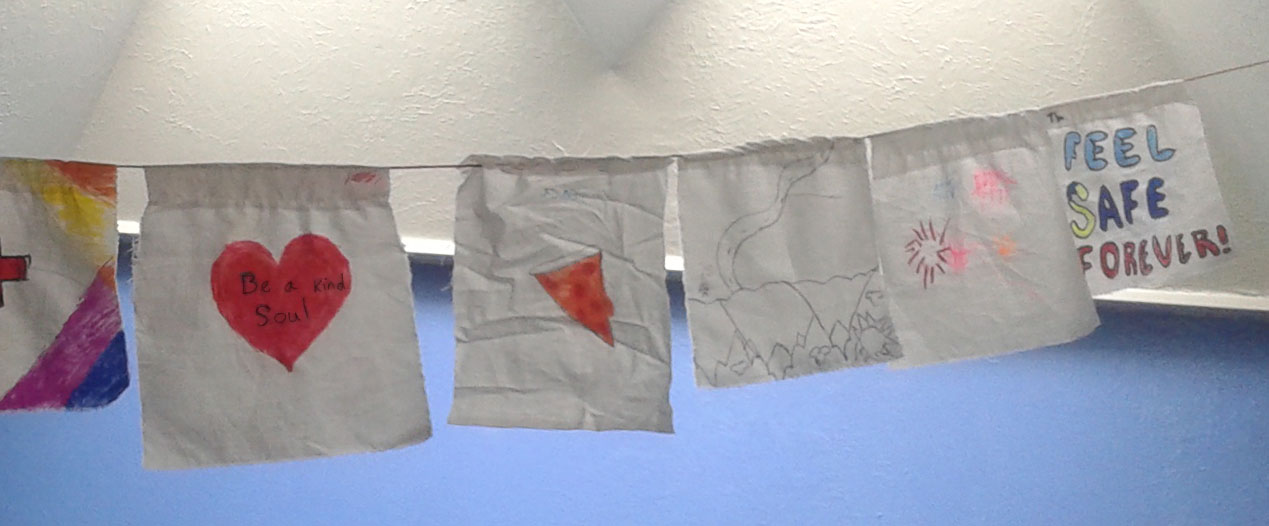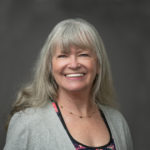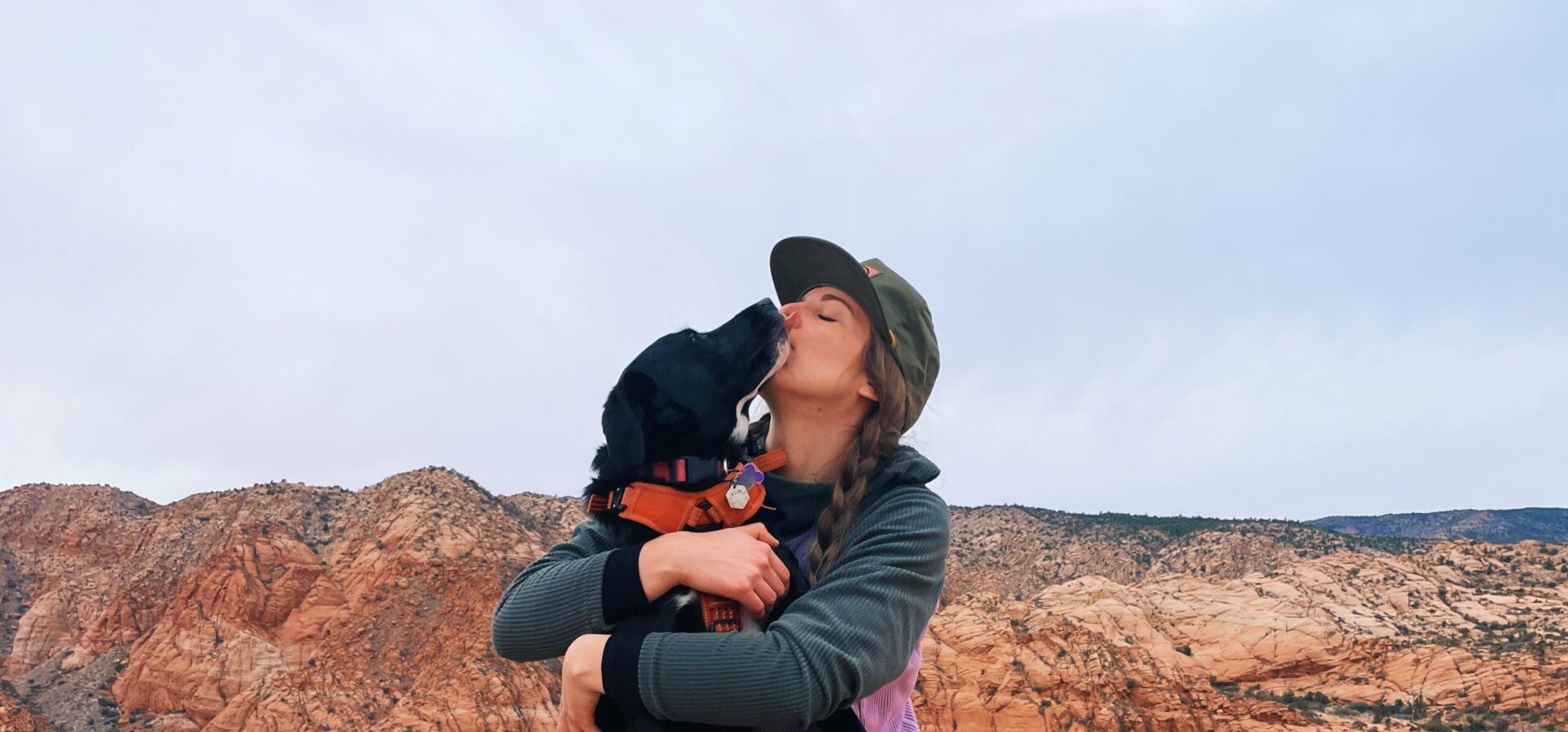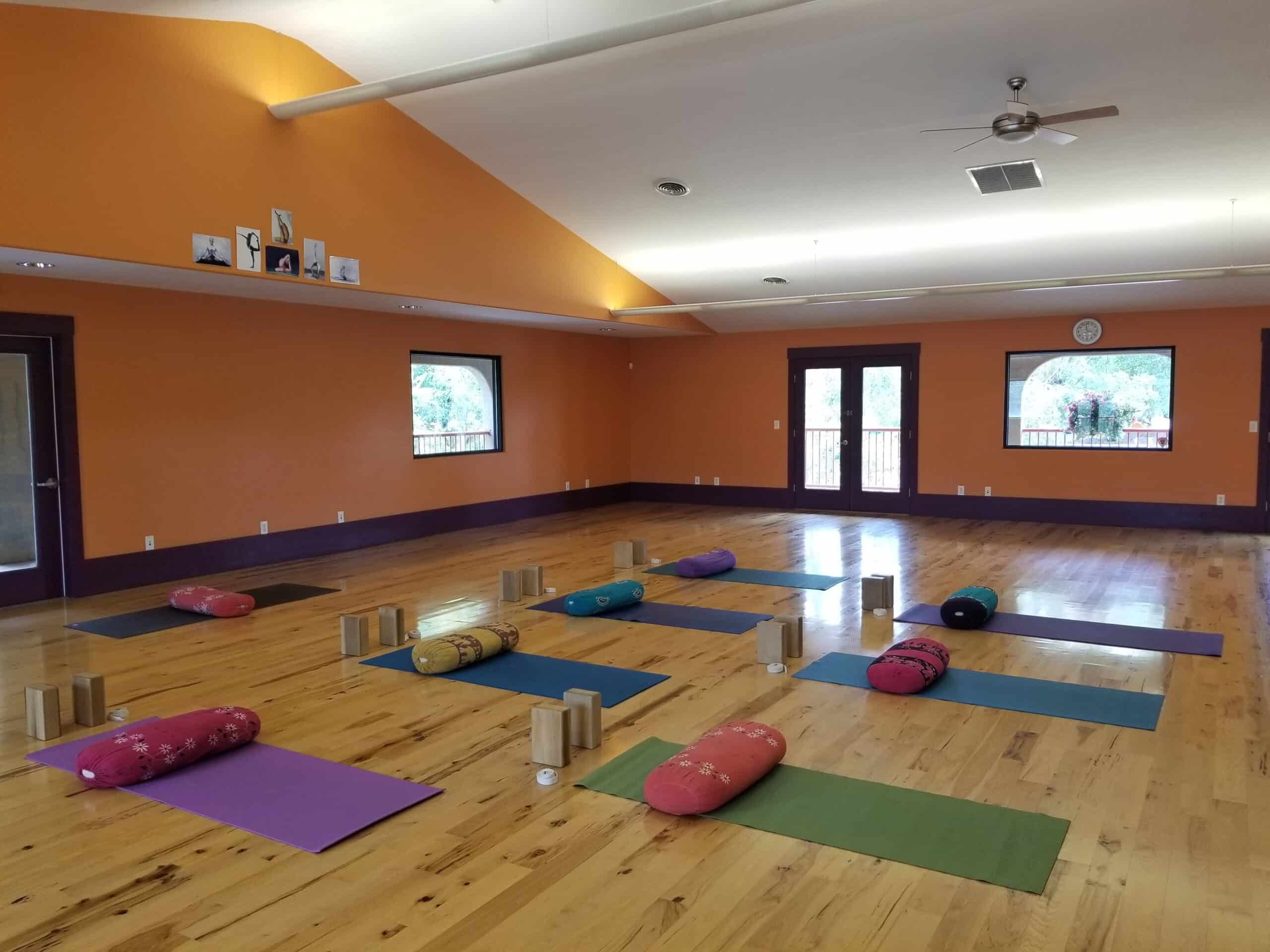Seva Story : Yoga Beyond the Studio Walls: Supporting Children Experiencing the Foster/Adoption Process | By Lenora Degen
It’s Wednesday afternoon, and five kids 10 to 14 years old are setting up yoga mats in the common room at Four Feathers Counseling Center in Colorado Springs. The center specializes in family therapy and facilitates weekly group sessions for its young clients in the foster/adoption process.
It’s a chance for kids in various stages of the foster/adoption process to socialize with each other, check in with their counselor and work on a skill or discuss a relevant topic. Desiring to expand their programming, the staff invited me to teach a four-week yoga session last year. The pilot was so successful that the staff and kids were excited to make yoga a permanent offering.
During our group class, there is always a therapist who participates in whatever we practice each week. On days when kids are full of energy, we tend to do a good amount of yoga. They might complain in forward folds that they are too stiff, too sore or too tired to do the poses. They sometimes wobble and fall in tree pose (usually the younger ones and often on purpose). And they let me know with no uncertainty that I am holding them in chair pose much too long.
Usually it’s a pretty typical kids’ yoga class. But, sometimes it’s not.
Jacob* has been absent from group for several weeks. He was moved to what was hoped to be a foster-to-adoption family outside of town. These kids are often on the move. But today, Jacob has resumed his place in the circle of mats. It is clearly not a joyous occasion. During check-in (a chance for participants to share their name along with a “feeling word” describing their present mood) Jacob shares that he is back in a temporary foster care in town. His last family has proved not to be his forever home after all.
I sense that some of the other kids are thinking that the same fate could be in their future.
This would not be a good day for rowdy yoga games. We opt for a body scan, a trauma-sensitive guided meditation to encourage grounding and awareness of breath and body. A couple of the older kids relax enough to fall asleep. Then, we take turns trying to make the singing bowl sing. foster
My goal in group is to present something that kids in the foster/adoption process can use in future situations: a coping skill, behavior management tool or a useful breathing technique. We view diagrams of the nervous system and ways to calm it down, and videos of the brain and how it sometimes gets stuck in “fight or flight” mode. We do meditations and yoga nidra. Some days we play yoga games like BINGO. We’ve painted and hidden rocks and written messages on the sidewalk with chalk to cheer passersby.
Teens and tweens share with me that they actually use the breathing tools and meditations. Many have trouble falling asleep, and they will do a body scan/relaxation in bed. Jen*, age 13, has a history of anxiety. “I remind myself to breathe. When I listen to my breath, it stops the worry from taking over. I feel calmer and able to focus.”

Messages such as “Be a Kind Soul” and “Feel Safe Forever” adorn peace flags hanging in the counseling center common room. We created them with wishes for the new kids who enter therapy here.
For all that I might have taught these students, I know they’ve taught me many more invaluable lessons. Here’s what I’ve learned:
The Need for Consistency foster
Show up and give 100 percent. Be a calm voice for students. Lots of other things in their lives may be volatile. Be dependable.
The Importance of Safety
While it is vital to help students feel safe in any yoga class, nowhere is it more important than in a vulnerable group such as this. Many of them have feared for their physical safety at one time or another. Trauma-aware language is critical. We can’t create a safe space simply by declaring, “This is a safe place.” That requires trust and time. We set guidelines for confidentiality, of course, but feeling physically safe is something students have to learn.
- I tell them I’ll remain aware and watching the surroundings while they are in savasana, so that they can close their eyes if they feel comfortable doing so.
- I remind them to notice the ground below them and how it holds them and welcomes them.
- I ask them to find sounds that are all around them, to listen for the breathing of their neighbor, to sense the connectedness to each other.
The Persistence of Hope foster
“No matter what happened, I always thought it would get better,” 12-year-old Kurt* said to me. He is in the process of being adopted, getting the health care he needs and the therapy he deserves. Even after experiencing abuse and bullying, he knew it would get better. I am in awe of his optimism and faith.
I am in awe of his optimism and faith.
We don’t know who might be gone next week, or who might return unexpectedly. Their lives are not predictable. But then I remember, no one’s is. For the moment, in this space, in a room with toddler toys and donated books and clothing for kids in the most uncertain time of their lives, we breathe, laugh and sometimes cry.
For the moment, this is home. foster
*Names and slight details have been changed to protect the identity of the children.
Photo by Lenora Degen.
 Lenora Degen is a children’s yoga teacher and trainer and trauma-sensitive yoga teacher in Colorado Springs. She is a cofounder of “Peaceful Warriors,” a non-profit aimed at bringing the benefits of yoga to children regardless of economic status. She teaches at Eighteenth Element Yoga Studio in Colorado Springs and holds children’s yoga teacher trainings in studios across the country through Omtastic Yoga School. To keep in touch or learn about upcoming trainings, please email: healthymeyoga@gmail.com
Lenora Degen is a children’s yoga teacher and trainer and trauma-sensitive yoga teacher in Colorado Springs. She is a cofounder of “Peaceful Warriors,” a non-profit aimed at bringing the benefits of yoga to children regardless of economic status. She teaches at Eighteenth Element Yoga Studio in Colorado Springs and holds children’s yoga teacher trainings in studios across the country through Omtastic Yoga School. To keep in touch or learn about upcoming trainings, please email: healthymeyoga@gmail.comIntroducing the Botanica beeswax jar candles, a pure concoction of raw beeswax and essential oils, no more, [...]

Subscribe to Our Tribe
Stay up to date with Y+L News, Events and special announcements.









